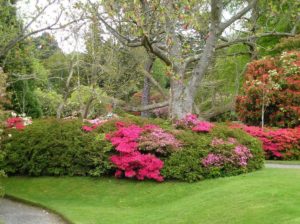Wondermondo 🢖 World 🢖 Wonders of Europe 🢖 Wonders of the United Kingdom 🢖 Wonders of Wales 🢖 Wonders of Conwy
Territory
Wonders of Conwy
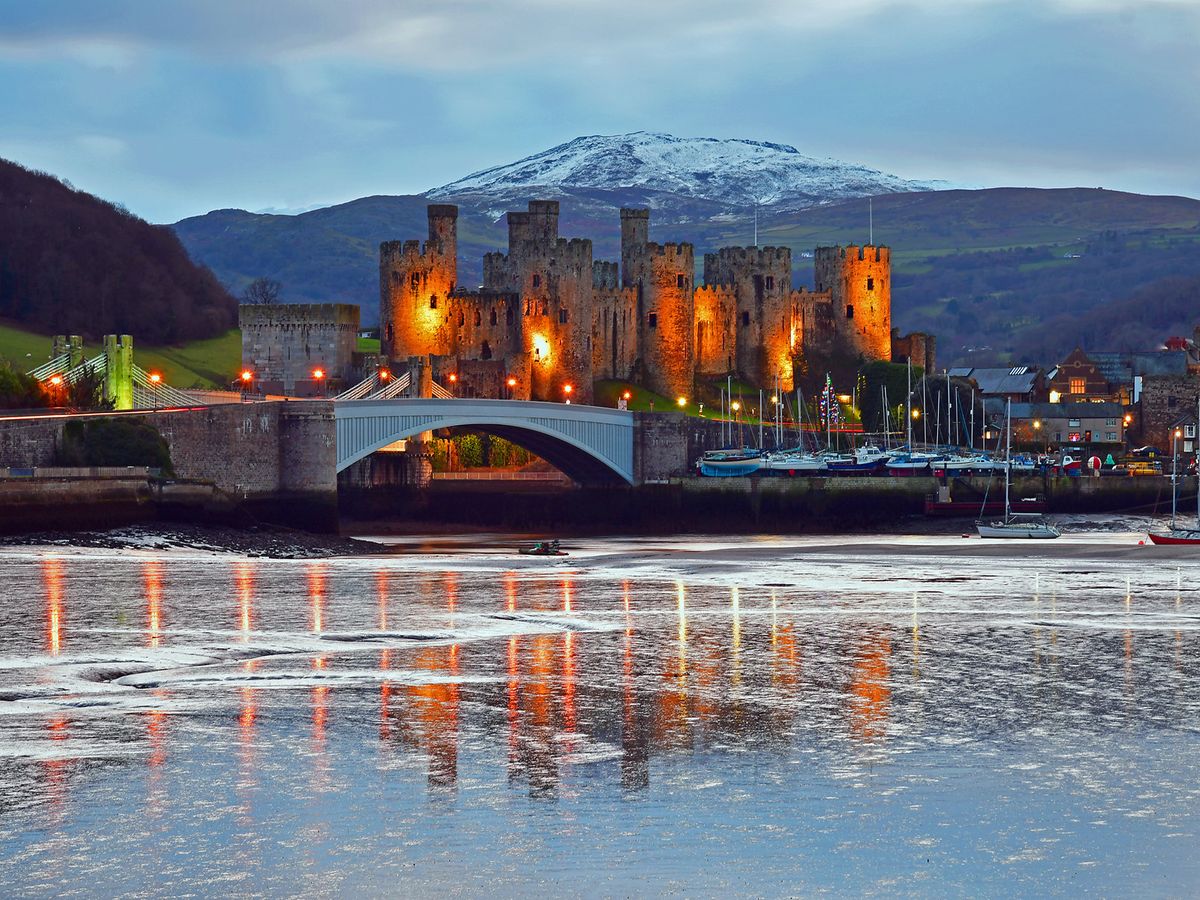
 Highlights
Highlights
The most amazing wonders of Conwy are:
- Conwy walled town and Conwy Castle – magnificent monuments included in UNESCO World Heritage list.
- Country houses – there are well preserved country houses from the 15th – 17th century.
Map with the described wonders
If you see this after your page is loaded completely, leafletJS files are missing.
 Top 25 wonders of Conwy
Top 25 wonders of Conwy
Biological wonders
Llangernyw Yew
A beautiful, giant yew tree in the church garden. Circumference of the hollowed trunk – 10.75 m.
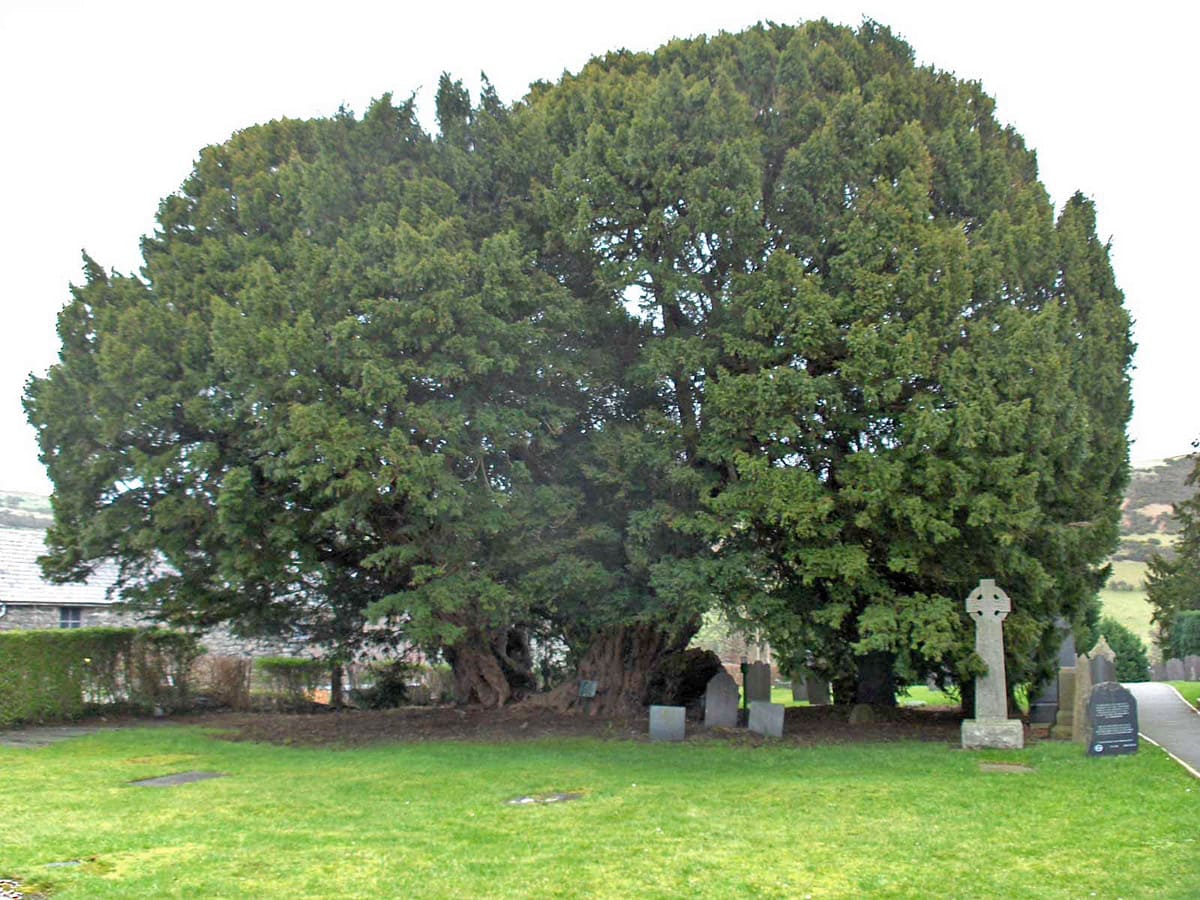
Archaeological wonders
Lower Kendrick’s Cave
A cave with very important finds of people who lived here in the interglacial period, roughly at 30 000 BC. Here were found four human skeletons, decorated deer teeth, and a horse jaw adorned with a zigzag pattern.
Brenig 51 (Brenig Platform Cairn)
An unusual, reconstructed archaeological monument – a round platform made of small stones with a small circle in the middle.
Architecture wonders
Conwy Castle
This castle was built in 1283 – 1289, during the English conquest of Wales. Represents a high achievement of military architecture.
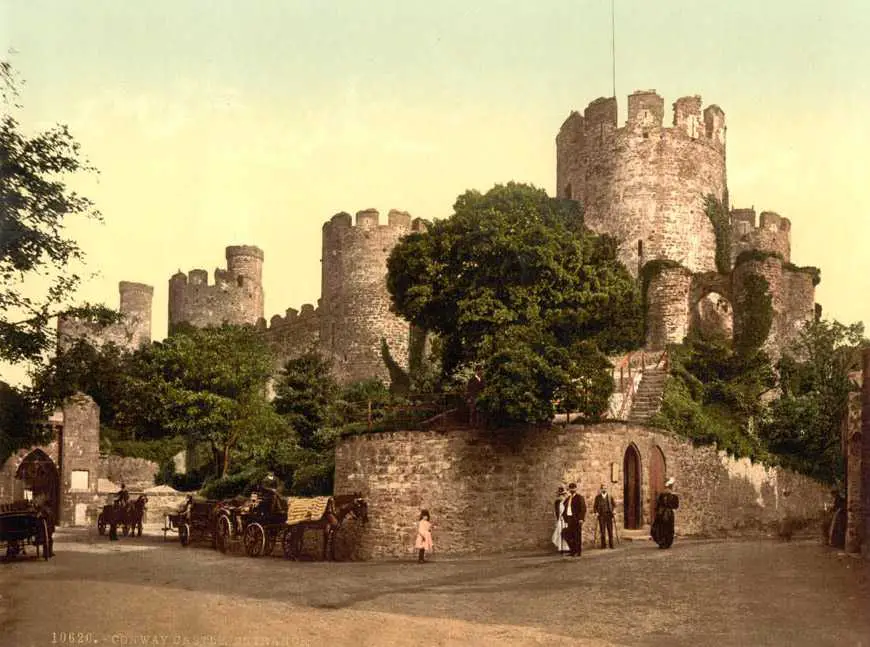
Plas Mawr
Historical house in Conwy, the best preserved Elizabethan townhouse in the United Kingdom. Built between 1575 and 1586. The facade is adorned with beautiful plasterwork. Reported paranormal events.
Conwy walled town
This town developed in the late 13th century – it was built for English settlers. The well-preserved walls around the town represent a great achievement of military architecture.
Bodnant Garden
Some of the most beautiful gardens in Britain that were developed around Bodnant House in 1874 – 1914. In the garden are grown high-quality rhododendrons and azaleas. Contains 48 m tall Californian Redwood and 48 m tall Oregon Douglas fir.
Gwydir Castle
A fortified manor from around 1500. Authentic restoration is ongoing. The garden contains a giant yew tree, considered to be 600 – 1000 years old.
Quay House (Smallest House in Great Britain)
A very small apartment building on Conwy. Built in the 16th century and inhabited until 1900. House is 3.05 by 1.8 m large.
Conwy Suspension Bridge
One of the first road suspension bridges in the world, now passable only by foot. Built by Thomas Telford, and completed in 1826, goes through the rock where stands Conwy Castle, destroying a part of the castle.
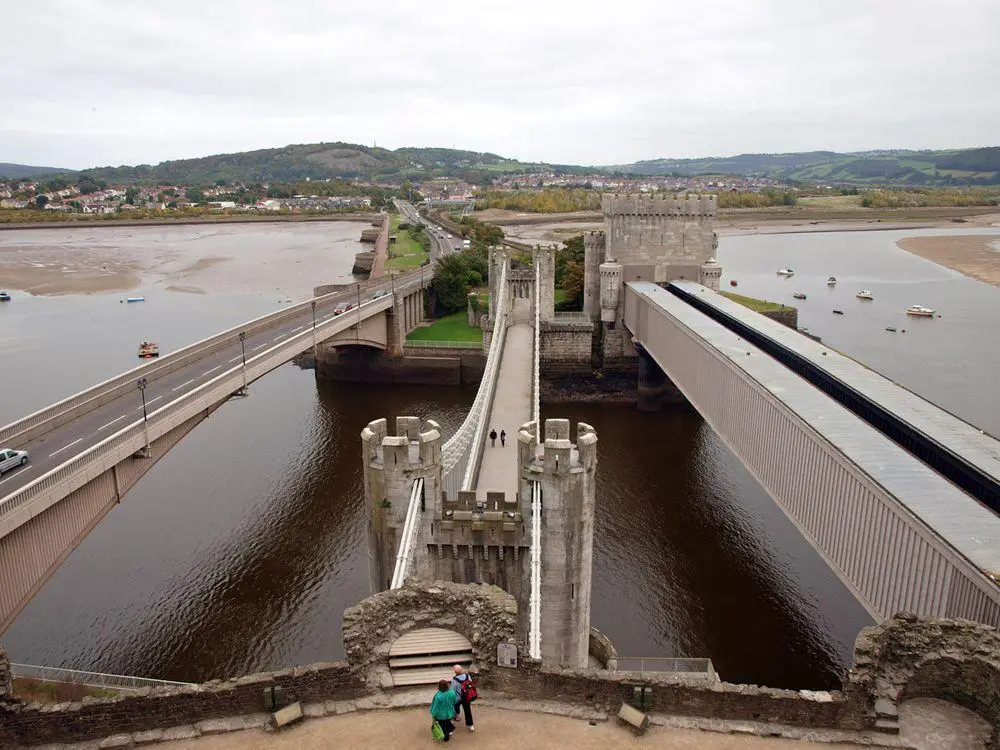
Llanrhychwyn Church
An old church, originally established in the 6th century. The oldest parts are from the 11th century AD. Stained glass window from 1533.
Dolwyddelan Castle
Ruins of a castle on a hilltop, built between 1210 and 1240. Consists of two rectangular towers with a curtain wall between.
Hafodunos Hall
An exquisite country house that was built in Neo-Gothic style in 1861 – 1866 on the site of an earlier country house. Now in dire condition.
Gardens of Bodysgallen Hall
Lush terraced gardens. Originally designed in 1678, contains an impressive topiary maze.
Kinmel Hall
A large, beautiful country mansion, built in the 1870ies. Walled gardens.
Conwy Railway bridge
The first wrought iron tubular bridge, designed by William Fairbairn and completed in 1848. Unique monument of structural design. The bridge goes straight under the Conwy Castle.
Gwydir Uchaf Chapel
A beautiful family chapel for Wynns of Gwydir, built in 1673. Painted timber ceiling.
Bodysgallen Hall
A manor house from 1620. In the Middle Ages there was a tower house, a stone structure was built here even in the 5th century AD.
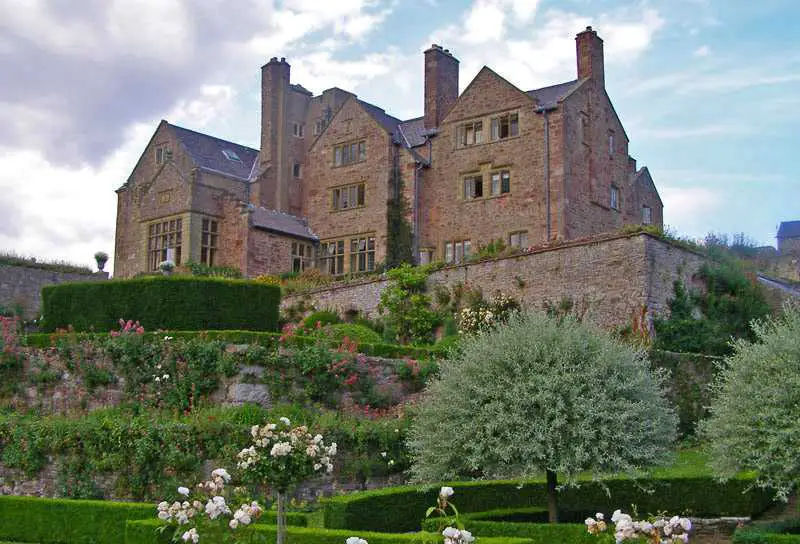
Aberconwy Abbey
A former Cistercian monastery that was established here around 1190. The original church has been preserved, although rebuilt in later times.
Gloddaeth Hall
A large country house. The oldest part was built in the 16th century, eastern wing was added roughly in 1700. The building was further extended in the 19th century.
Maenan Hall
A country house from the late 15th century. The most notable value is the central hall with a Gothic arch and fine Elizabethan plasterwork from 1582.
Conwy St Mary Church
A medieval church with its oldest parts from the 12th century. Contains many values of medieval art.
Llangelynnin St. Celynin’s Church
A church in a secluded location. It was constructed in the 12th or 13th century. It is considered that the first Christian shrine was established here around the 6th century AD. Holy well near the church.
Gwrych Castle
An impressive folly of a castle, built in 1819 – 1825 on the site of the former medieval castle.
Y Bont Fawr – Llanrwst Bridge (Pont Fawr)
A beautiful bridge with three arches, built in 1636 on the site of an earlier bridge.
 Recommended books
Recommended books
Walker’s Map Snowdon & Conwy Valley
Covering an area of 50km^2 and with a large scale of 1:25,000, this map has the familiar look and style of OS mapping, with improved coverage of the featured areas. Aimed at outdoor enthusiasts, in particular, the level of detail ensures nothing gets missed and you won’t get lost.
Conwy & Around in 50 Buildings
Conwy and its district have a history stretching back to Neolithic times. However, the area comes into its own from around AD 1200, the period of Welsh Princes and increased interest from England. This resulted in the clash of cultures typified by Conwy Castle and town walls – one of the finest surviving medieval fortifications in Britain, built by Edward I on the site of Aberconwy Monastery.

